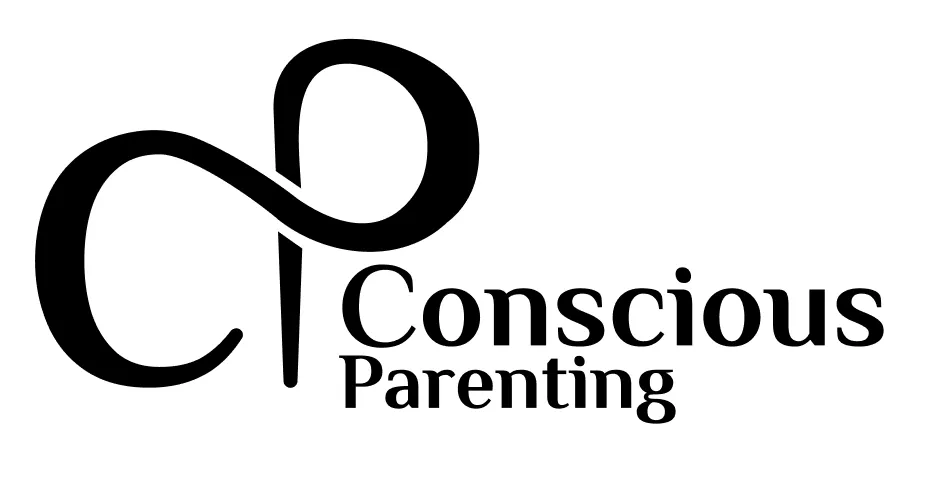
Social Anxiety
Social anxiety fueled by social media has become increasingly common, particularly among teens and young adults. With constant access to curated content and peer interactions, young users are often drawn into comparing themselves to others, leading to heightened self-consciousness and worry about how they are perceived. The pressure to gain likes, comments, and followers can amplify feelings of inadequacy and social anxiety, making face-to-face interactions more intimidating. Studies have shown that frequent social media use can exacerbate social anxiety symptoms, as it reinforces a cycle of seeking validation online while feeling disconnected or judged in real life. Here is a breakdown of the impact of social anxiety on children, teens and young adults:
1. Social Comparison and Social Anxiety Dr. Anne Marie M Albano from Columbia University’s Clinic for Anxiety and Related Disorders highlights that social media increases social comparison, which can lead to anxiety, particularly in adolescents who are already sensitive about fitting in. Social platforms give children constant data on how others perceive them through likes, follows, and curated images. This comparison cycle exacerbates anxiety and self-doubt, as teens measure their worth against these metrics. Teens prone to self-esteem issues may experience intensified feelings of inadequacy and isolation through this “culture of comparison.”
2. Reduced Face-to-Face Interaction: Research from Loyola University published in 2018 suggests that increased screen time reduces opportunities for real-world social interaction, which is essential for building social competence and resilience. Teens with social anxiety often rely on digital platforms as a way to avoid real-life interactions, which in turn worsens their anxiety. The withdrawal from face-to-face contact makes it harder to develop coping skills necessary for managing social challenges. This pattern of avoidance further isolates children, intensifying their anxiety over time.
3. Excessive Screen Time and Mental Health Risks: The "Social Media and Teen Anxiety", published in 2017 by Harvard Graduate School of Education points to the correlation between excessive screen time and poor mental health outcomes. The study show that spending more than five hours daily on screens is linked with a significant rise in mental health challenges, including anxiety, depression, and even suicide risk. Nearly 48% of teens using screens for five or more hours daily reported having at least one suicide risk factor, compared to 33% of those with lower screen time.
4. Social Media Impact on Girl’s Social Anxiety: A systematic review of social media’s impact suggests that girls are particularly susceptible to body image concerns and feelings of social inadequacy due to the emphasis on curated online personas. Social platforms often encourage comparison, which can worsen self-esteem and lead to heightened anxiety in social contexts.
An article by the University of Utah Health citing research done at Facebook found that Instagram worsened body image for one in three teenage girls, contributing to both anxiety and depressive symptoms. Girls are especially vulnerable to the "fear of missing out" (FOMO) and the pressure to maintain a perfect online image, which can escalate social stress. These dynamics make them more likely to experience anxiety related to social approval and fitting in.
Additionally, other findings suggest that girls experience more social anxiety linked to social media than boys, as they tend to engage more deeply in comparisons regarding appearance and social status. This pattern aligns with broader psychological theories, which explain how peer feedback on social platforms - whether through likes or comments - affects emotional regulation and contributes to anxiety if expectations are unmet.
